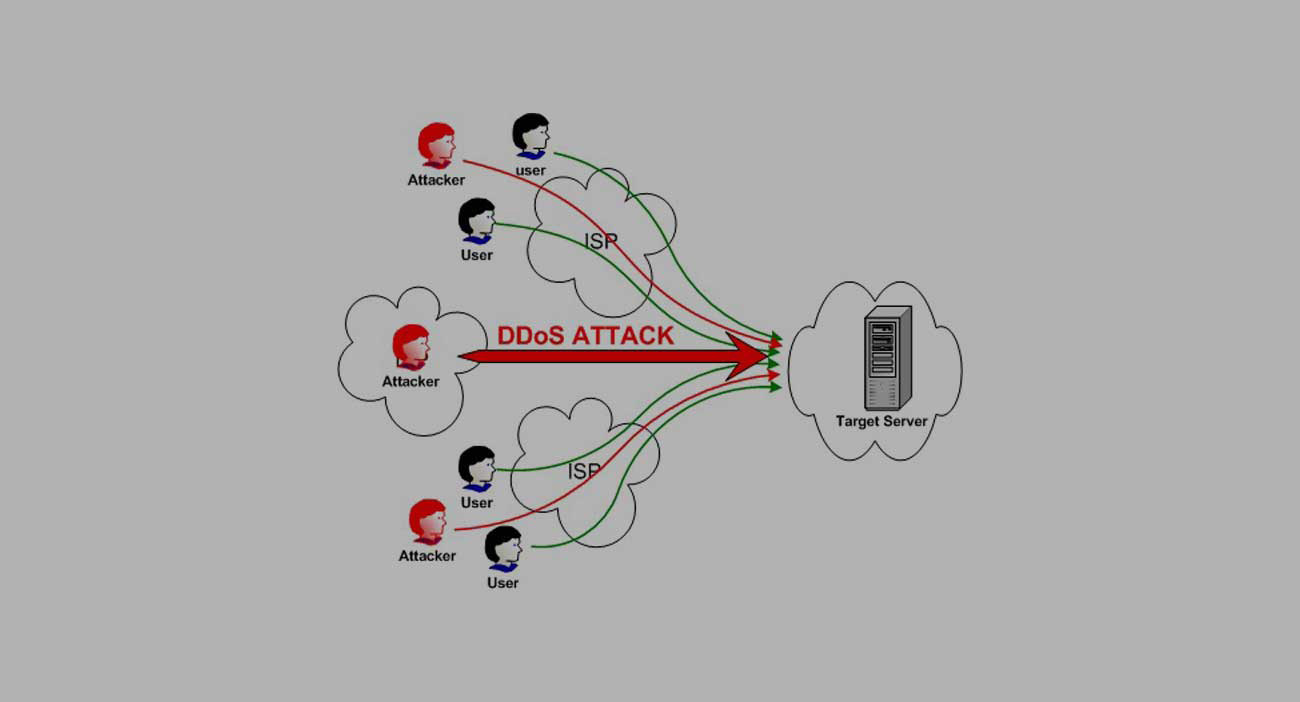
American Sign Language – The Benefits of Learning ASL
American Sign Language (ASL) is the primary non-written language of Deaf people in the U.S. and many of Western Canada. ASL is an expressive and non-syntactic verbal language conveyed by facial movement and gestures with the hands and face. Data shows that over 33 million Americans use ASL to communicate with each other and a wide range of friends, family, and professionals. Many colleges and universities offer ASL courses and programs. They are provided primarily to individuals who wish to learn or improve their communication skills to serve their communities better and be of greater value in their personal, professional, and social lives.
There are many reasons that one would want to learn ASL. Some individuals have learned the language by observing spoken speech in Sign Language, while others have learned it from receiving hand signals from a caregiver or a book of signs. Many people take American Sign Language classes to become certified CNAs (Certified Nursing Assistant). Others sign up for audiotapes and videos of ASL expressions and gestures to memorize. Several people learn American Sign Language simply because they love the language and wish to improve their communication skills.
The National Association of Special Education Programs (NASEP) estimates that approximately 1.6 million Americans communicate in ASL. Of those individuals, about half are certified to administer American Sign Language at home or in a school/community setting. Sign language is becoming more popular throughout the United States as people learn the language or take ASL classes for personal or community benefit. There are many benefits to learning ASL:
One of the most obvious benefits of learning American Sign Language is that it is a hands-on skill that anyone can perform with any level of fluency. Compared to other common languages such as English and Spanish, learning American Sign Language has a higher retention rate because almost anyone can perform it. Individuals of all ages and from all walks of life can learn how to sign. Sign language users do not necessarily speak but rather make facial expressions, emotions, and body motions that look like words or sentences. Sign language users can communicate verbally with each other using only hand motions.
In addition to ASL visual elements, learners also benefit from speaking the language. Many studies show that reading books containing written speech improves reading comprehension skills, similarly, achieved by reading audiobooks. However, in today’s world, more individuals are reading text on the Internet. Because of this, many individuals are now able to perform “word by word” communication via the computer. Learning American Sign Language provides individuals the ability to read and understand spoken languages and allows them to communicate on a deeper level that only the spoken language can provide.
One of the main reasons people begin learning ASL is that they plan to take an American Sign Language exam, such as training from the American deaf exposure program. The information courses in ASL include a fundamental understanding of the language, posture statements, and vocabulary exercises. The position statement is essential in spoken languages, and it instructs individuals on how to position themselves physically to hold a conversation in an everyday setting. A posture statement is also helpful because it demonstrates how people who speak ASL stand in relation to one another, which is vital for an American Sign Language test.




Recent Comments